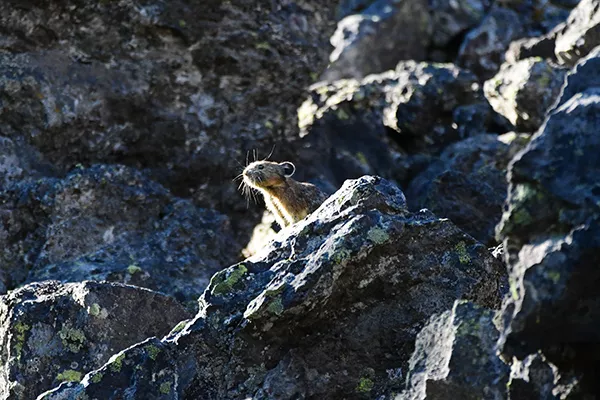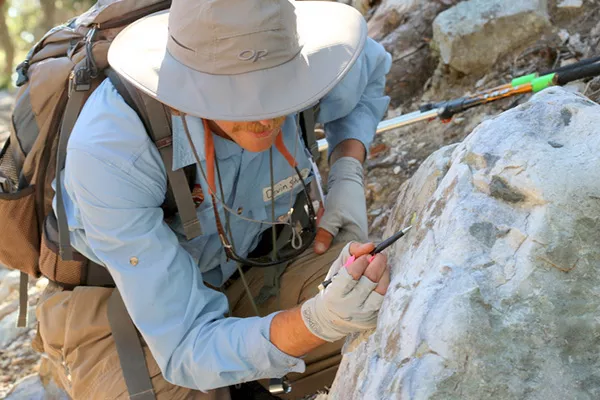
Human and Ecosystem Resilience and Sustainability Lab
Working for Sustainable Communities and Ecosystems
Our mission is to advance, apply, and facilitate global, national, and regional research on sustainable and resilient human communities and ecosystems. HERS delivers expertise in ecological assessment and monitoring, natural resource conservation, restoration, and native plant materials to support evidence-based conservation for the 21st century.
What we do
Applied Ecological Research and Monitoring
Native Plant Materials Supply and Restoration
Student and Early Career Professional Mentoring
Coordination of Region-wide Bat Monitoring
Responding to the environment
We study how populations of plants and animals respond to changing environmental conditions. We contribute to the native seed and plant supply for sagebrush steppe restoration. The lab established long-term monitoring programs focused on American pika and bat species in the Pacific Northwest and collaborates with National Park Service, US Forest Service, and other partners on studies of rare plants and at-risk communities.
Research on wildlife crossings
As the human population increases, animals need help crossing busy highways to reach their habitats. Corrinne Oedekerk, an OSU-Cascades natural resources alumna and researcher in the HERS Lab, is studying how and when animals use the wildlife crossing structures. Check out footage from the wildlife cam and see what's crossing!

Populations & Climate Change
Through our long-term monitoring programs, we collect baseline data necessary to understand impacts of changing environmental conditions on plants, wildlife and ecosystems. By working with research and management partners across the Pacific Northwest, we can ensure that comprehensive, high-quality data are used to identify changes in our landscape. Our research models provide understanding of local impacts and landscape-level ecological trends.

Connectivity Across Landscapes
Habitat connectivity across fragmented landscapes is critical for effectiveness of conservation strategies employed in protected areas, such as national parks. We use emerging technologies like acoustic monitoring techniques and laser altimetry to study species distributions at landscape scales. The Lab also collaborates with vineyard certification groups to identify on-farm biodiversity standards that can support habitat connectivity across working landscapes.

Conservation Science
Research and monitoring programs co-produced by researchers and resource managers can result in more effective and efficient conservation outcomes. Our National Park Service Park Studies Unit works with management partners to address questions of rare plant persistence, invasive plant management, ecological resilience, resistance to invasion, responses to climate change and bat species responses to land use and disease threats.